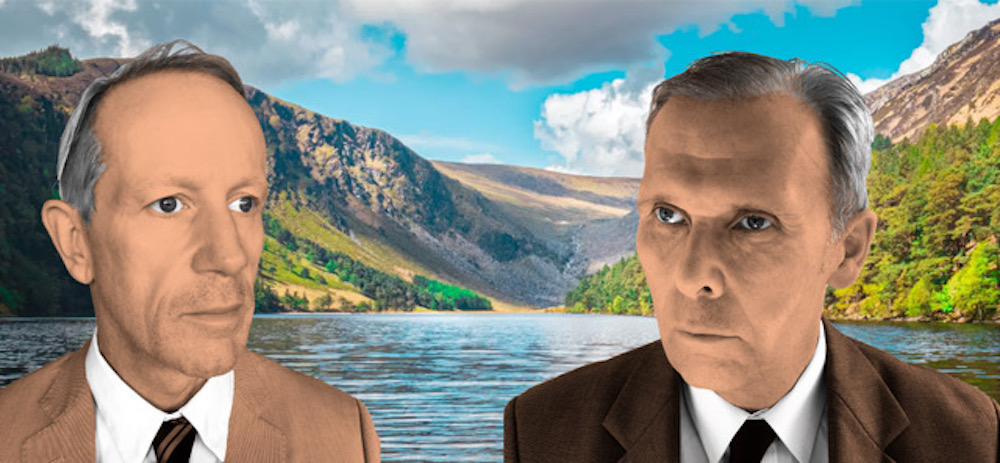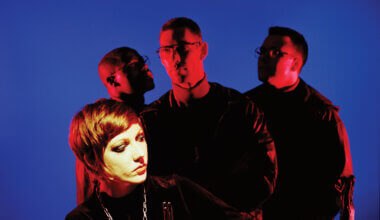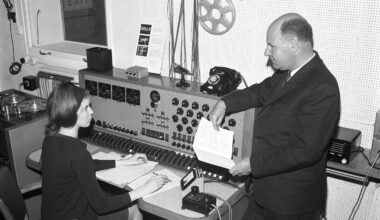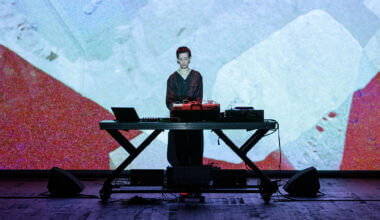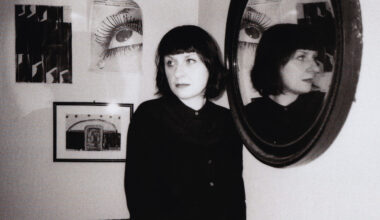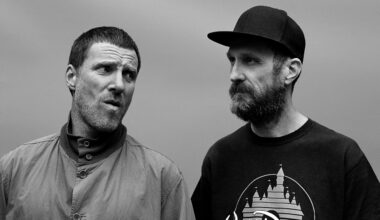First meeting in Dublin during the 1980s, Microdisney’s Cathal Coughlan and uber-producer Jacknife Lee have recently reconnected. Working via a musical trans-Atlantic hook-up their new album as Telefís is a real cracker
Want to read more?
Sign up to Electronic Sound Premium to gain access to every post, video, special offers, and more. 100%, all you can eat, no commitment, cancel any time.
Already a premium member? Log in here
